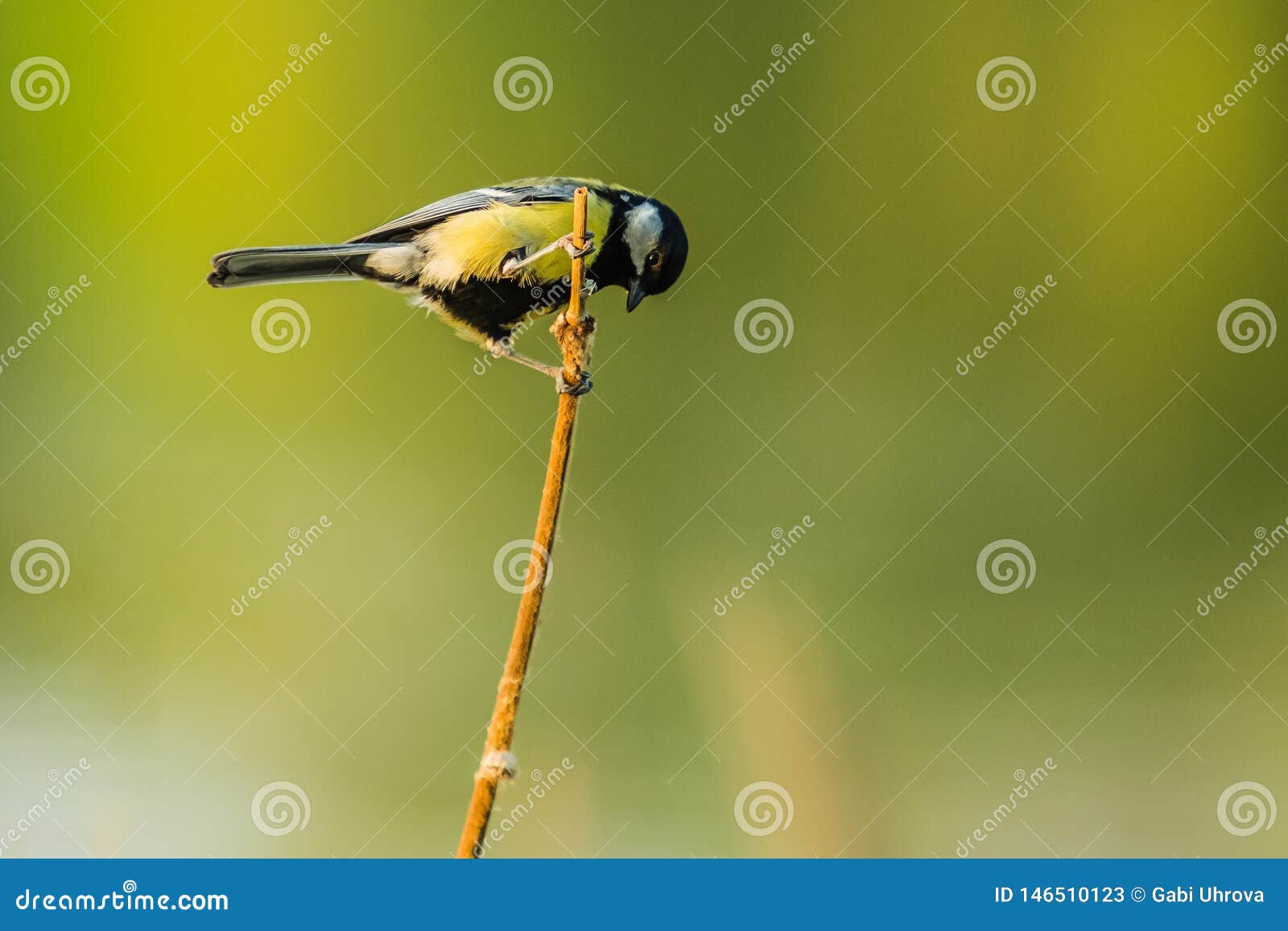

Spring beauty blossoms, for instance, are not much larger than a fingernail and have lovely pink stripes on a pale background. Many spring ephemerals are small and delicate compared to summer’s showy flowers, but well worth looking for. The season is just beginning for native ephemerals, including bloodroots, rue anemones, Eastern red columbines, Jack-in-the-pulpits, yellow marsh marigolds (cowslips), violets, wild geraniums, trilliums, flowering wintergreens, mayapples (wild mandrakes), Solomon’s seals, and moccasin flowers (pink lady’s slippers). As the sun warms the ground, these little plants grow quickly, flower, are pollinated and set seed. Spring ephemerals are native woodland wildflowers that bloom during the brief period between the start of spring and tree leaf-out. There in the dappled sunlight, popping up through last year’s leaves, you may spot “spring ephemerals,” the short-lived blossoms of native perennials. Take a walk in the woods during the coming weeks and look carefully at the forest floor. The faster and louder the males sing, the better their chances of having a female choose them as a mate. Peepers are known for the males’ mating call-a high-pitched peeping or whistling sound repeated rapidly. One iconic chorus frog is the spring peeper, a tiny woodland frog. If there’s a vernal pond or wetland in your vicinity, you could be treated to a “chorus” of frogs singing to attract mates. These species include Southern gray tree frogs, Pine Barrens tree frogs, long-tailed salamanders, carpenter frogs, Fowler’s toads, Northern gray tree frogs, Northern spring peepers, and four-toed salamanders. Seven New Jersey amphibians – Eastern tiger, blue-spotted, marbled, Jefferson and spotted salamanders, and wood frogs and Eastern spadefoot toads – are known as “obligate” species because they are entirely reliant on vernal pools.Īnother 16 amphibians breed in vernal pools but can sometimes reproduce in ponds with fish. Many of New Jersey’s native amphibians hibernate in forested uplands during the winter, and in the spring migrate to vernal pools to breed and lay eggs.


This makes vernal pools an important breeding habitat for amphibians like frogs and salamanders, whose survival odds are greatly improved by not having fish to gobble up their eggs and young. Because they dry up during summer, fish don’t live there. “Vernal” means of or pertaining to spring, and vernal ponds – also known as intermittent pools – are bodies of water that exist mainly during the spring.


 0 kommentar(er)
0 kommentar(er)
